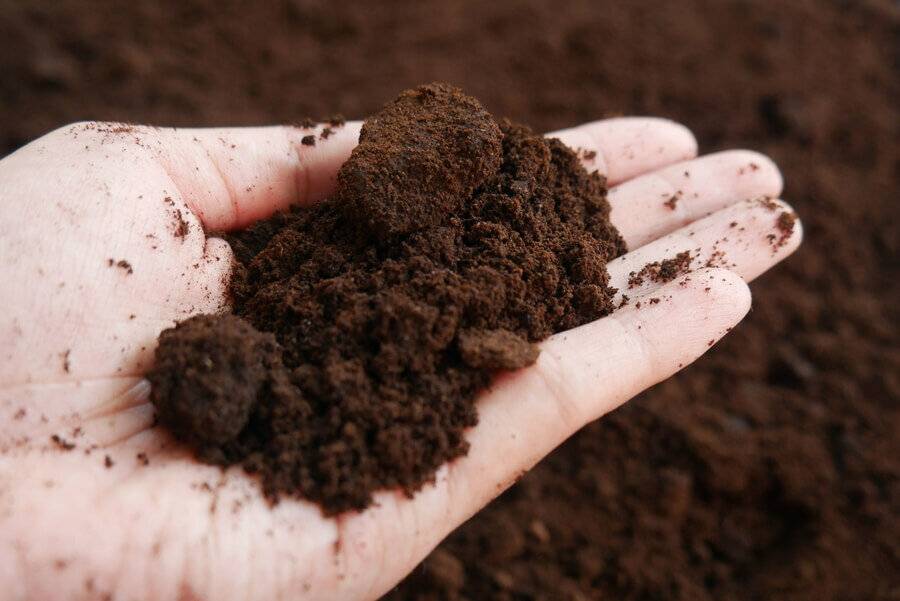Are Facial Tissues Septic Safe: Unveiling the Truth
When it comes to personal hygiene, facial tissues play a vital role in our daily lives. Whether it’s wiping away tears of joy or sneezing into them during allergy season, facial tissues are a convenient and essential item found in households and public spaces alike. However, a burning question lingers in the minds of many: are facial tissues septic safe?
In this article, we aim to shed light on this important matter and provide you with the facts you need to make an informed decision. We will delve into the septic safety of facial tissues, exploring their composition, potential impact on septic systems, and practical recommendations for proper disposal.
Now, let us embark on this journey together, as we uncover the truth behind the septic safety of facial tissues. Brace yourself for a blunt and straightforward exploration, free from sugarcoating, as we provide you with the information you need to make informed decisions about your personal hygiene practices.
The Truth Unveiled: Exploring the Septic Safety of Facial Tissues
Facial tissues have become an indispensable part of our daily lives, providing us with convenience and comfort. However, concerns regarding their septic safety have raised eyebrows among many individuals. In this section, we will delve deeper into the composition of facial tissues, their potential impact on septic systems, and provide practical recommendations for proper disposal.
Composition of Facial Tissues
Facial tissues are typically made from a combination of wood pulp and synthetic fibers, such as polyester or polypropylene. The softness and absorbency of these tissues are achieved through a process that involves mechanical and chemical treatments. While these materials are generally biodegradable, it is important to note that some facial tissues may contain additives or lotions that can affect their breakdown in septic systems.
Impact on Septic Systems
When facial tissues are flushed down the toilet, they enter the septic system along with wastewater. Unlike toilet paper, which is specifically designed to break down quickly in water, facial tissues are not as easily disintegrated. The durability and strength that make facial tissues effective for their intended purpose can also pose challenges for septic systems.
Septic systems rely on the natural breakdown of organic matter by bacteria and enzymes. While facial tissues may eventually break down over time, they can take longer to decompose compared to toilet paper. This can lead to clogging and blockages in the septic system, potentially causing costly repairs and disruptions to the system’s functionality.
Proper Disposal Recommendations
To ensure the optimal functioning of your septic system and minimize the risk of clogs and blockages, it is crucial to follow proper disposal practices for facial tissues:
- Never flush facial tissues down the toilet. Instead, dispose of them in a designated trash bin.
- Consider using septic-safe alternatives, such as toilet paper specifically labeled as septic-safe or biodegradable wipes.
- Be mindful of the additives or lotions present in some facial tissues, as they may impede the breakdown process. Opt for plain, unbleached facial tissues whenever possible.
- Regularly maintain and pump your septic system to prevent any potential buildup of non-biodegradable materials.
Conclusions
Facial tissues, while undoubtedly convenient, may pose challenges to septic systems if not disposed of properly. Their durability and slower breakdown rate compared to toilet paper make them more prone to causing clogs and blockages. To ensure the longevity and efficiency of your septic system, it is essential to follow the recommended disposal practices outlined above.
By being mindful of the impact of facial tissues on septic systems and taking appropriate measures, you can contribute to the smooth operation of your septic system and avoid unnecessary expenses and inconveniences.


0 Comments